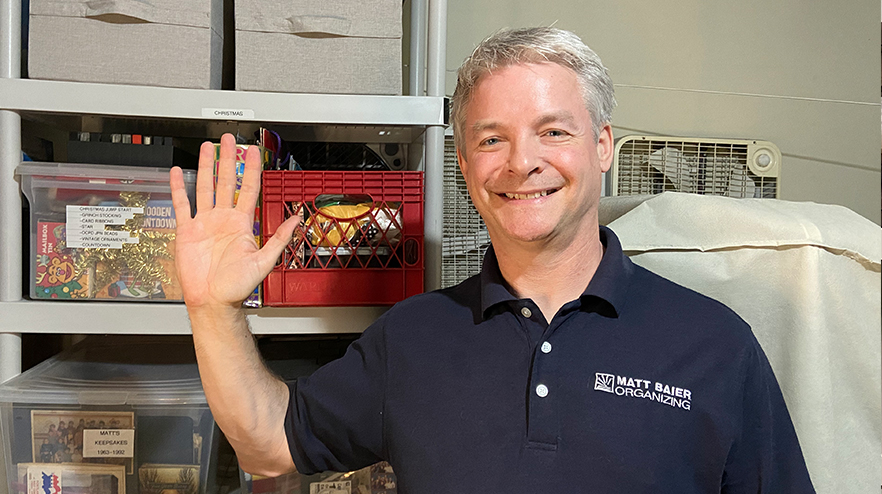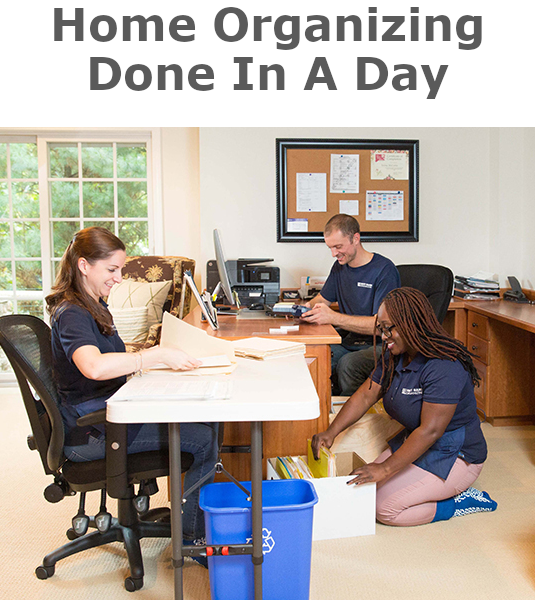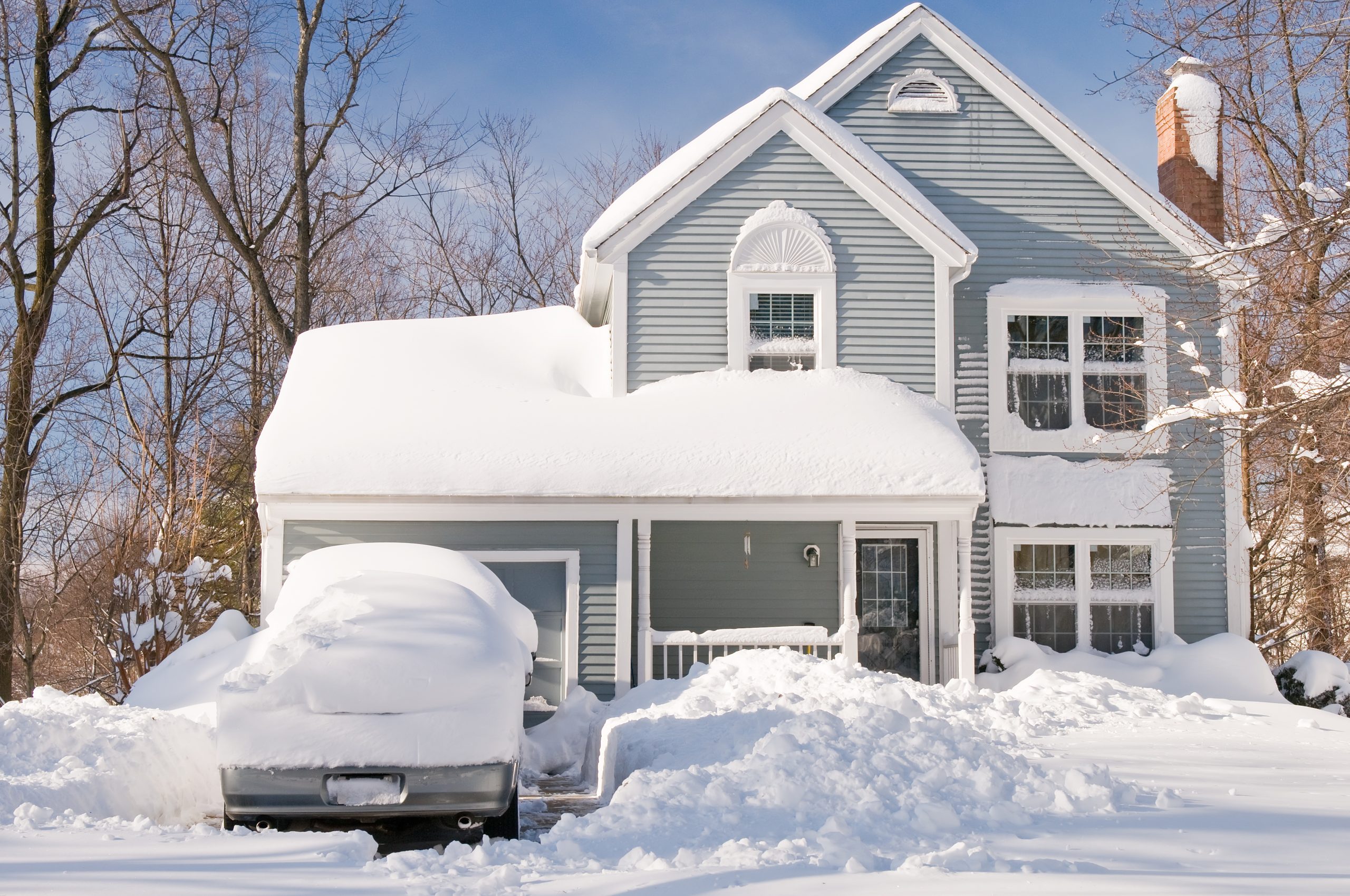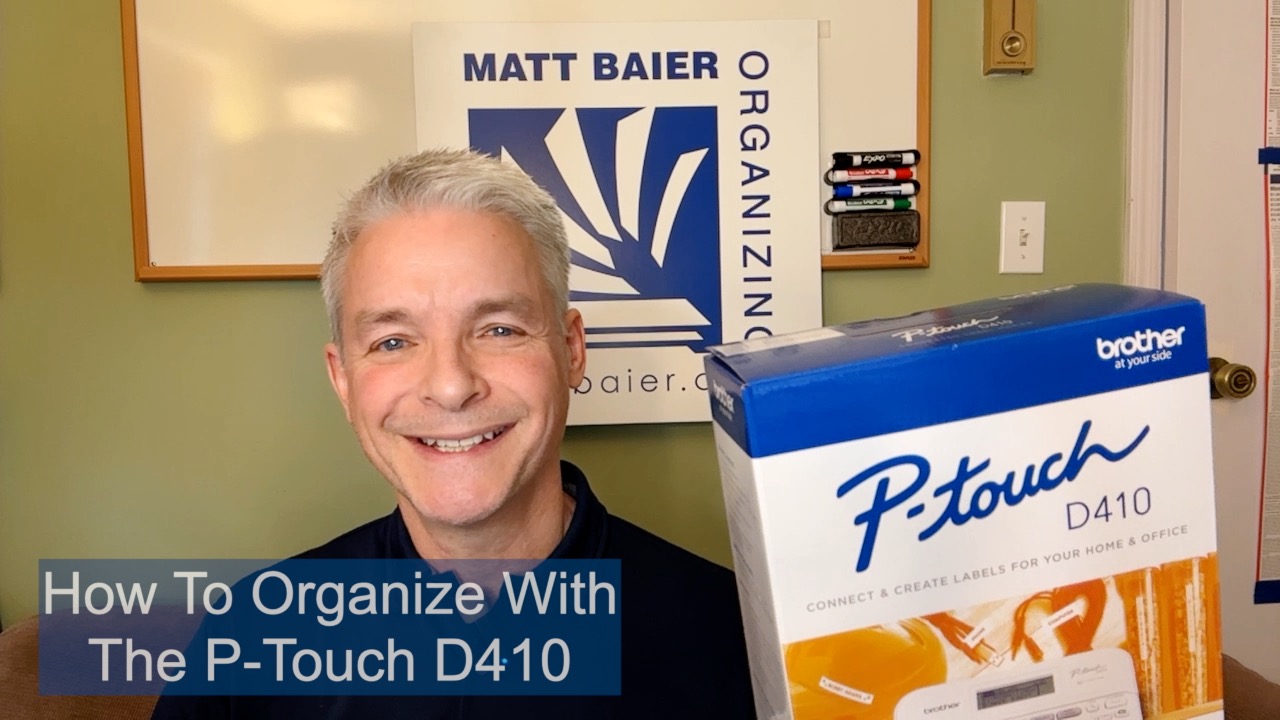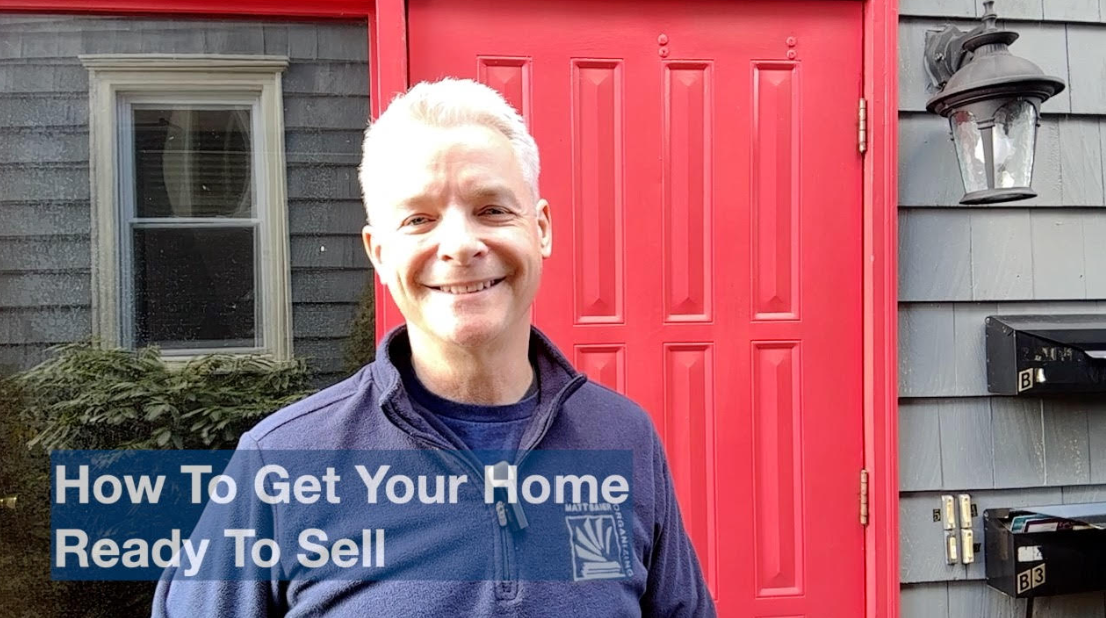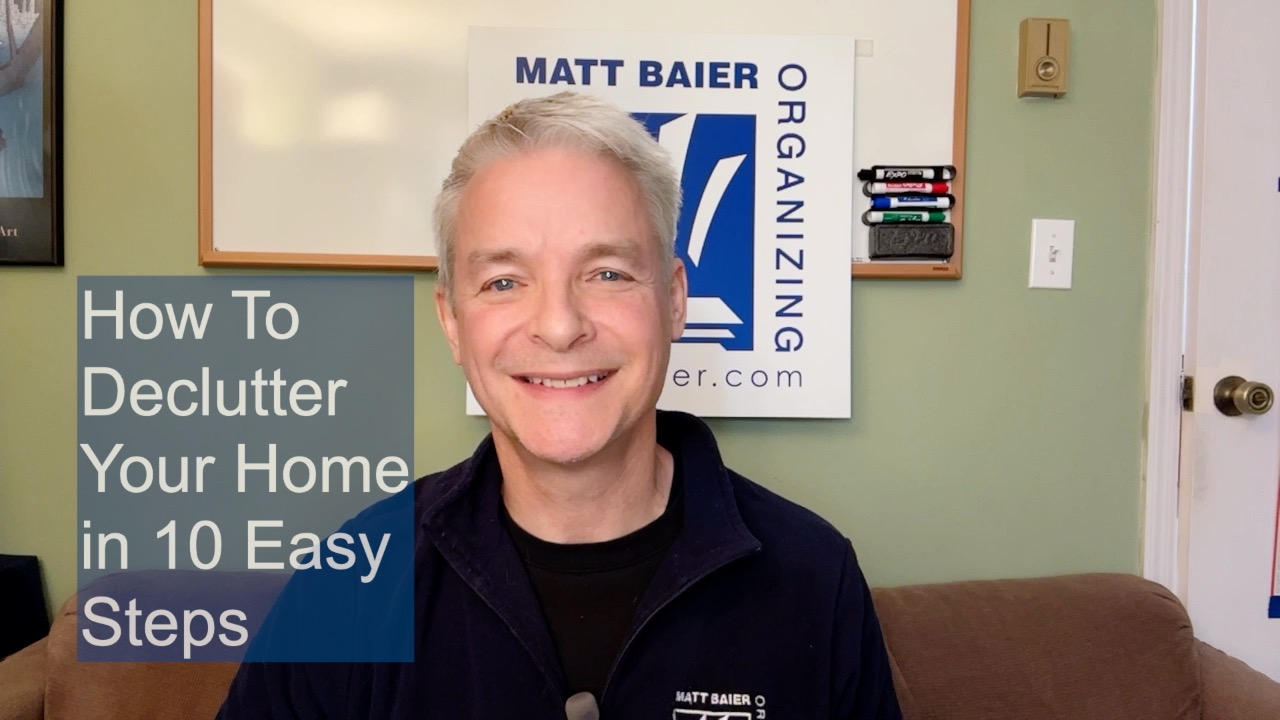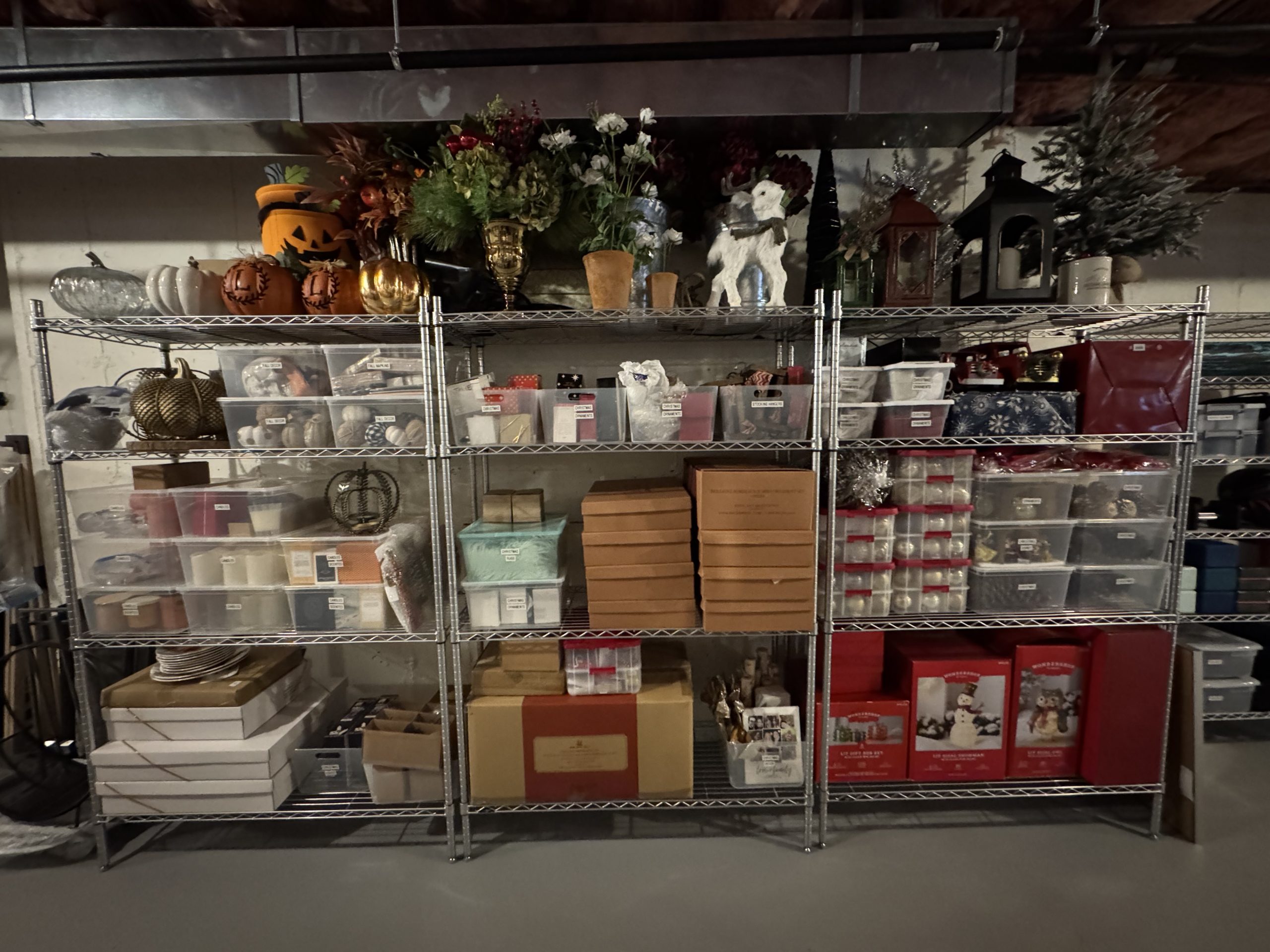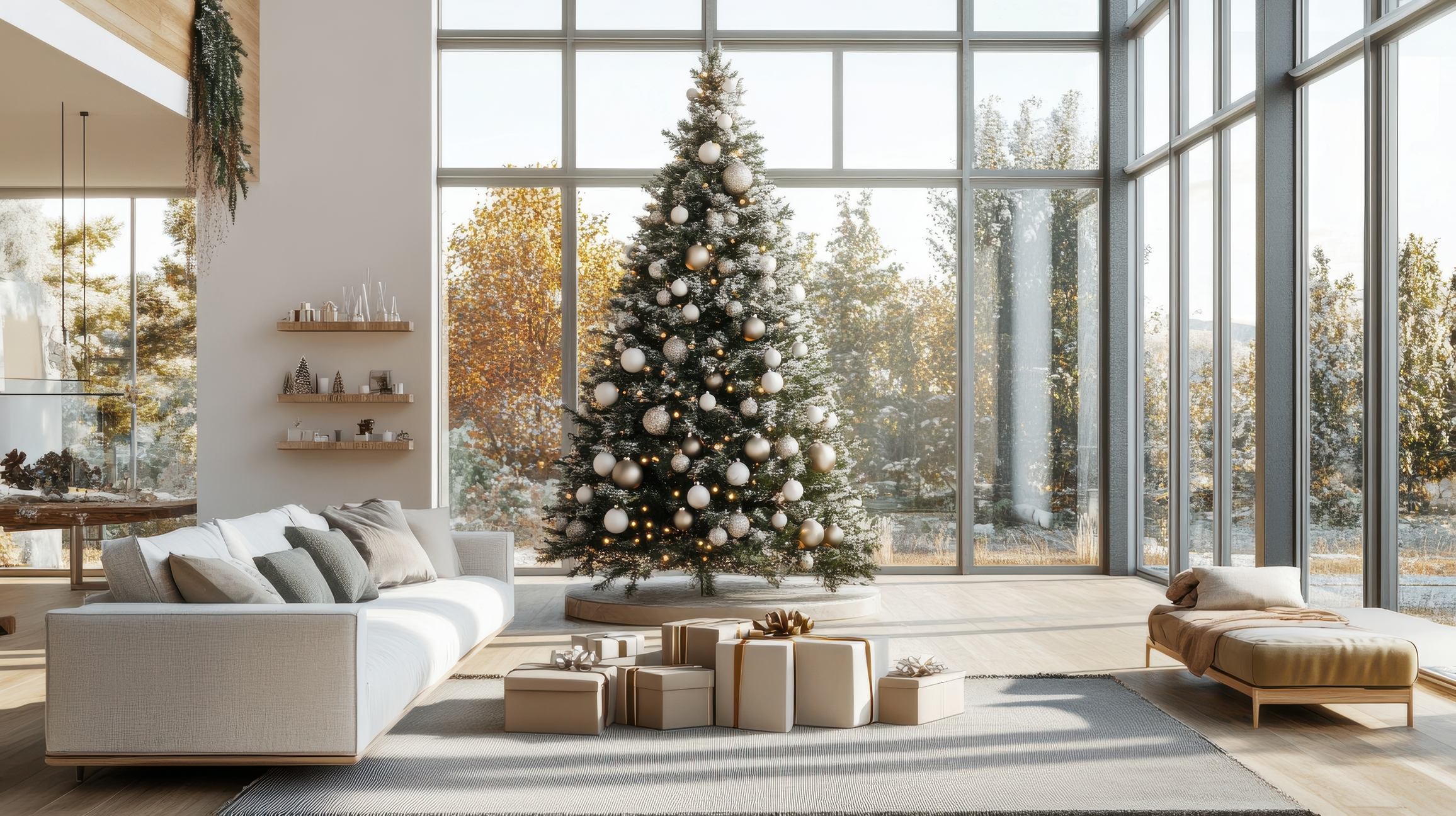Organizing your basement storage well is vital to the organizing success of the rest of your house. The top 3 living spaces that clients require help with are the kitchen, the home office, and the bedroom. Organizing the basement storage first makes organizing all three of those spaces significantly easier. Here are 5 tips on how to effectively organize storage in your basement.
1. Declutter the basement second
Why second? As important as the basement is to declutter, the garage is top priority. When you have clear space in the garage, then you have room to drain the discards and donates from the rest of the house, starting with the basement. Check out my Downsizing Through The Garage video, to learn more about this. This includes why the basement becomes the ideal sell zone.
2.Keep “stockroom” findable too
In my Organizing To Unpack video, I talked about the importance of the showroom vs. stockroom concept. In that video I discussed the concept when rethinking your priorities in a new home. Here’s a quick review. A showroom space is open, well-lit, inviting. There is a limited amount of inventory, mostly below eye level, and a lot of activity. Whereas, In the stockroom space it’s a different story. You worry less about what it looks like and you can take more advantage of vertical space. That way you can fit more in, but there is less activity.
In the basement there is one critical detail to consider. Even though it is stockroom spaces tend to be more remote, they should never be a place to hide. If you are hiding things from yourself, it’s really good time to ask why you are keeping them. Instead stockroom spaces, like the basement, should contain items that you can find in less than a minute. Why?
When you can trust that you can find items reliably in your basement, you will be inclined to keep more there. Then they will be away from your showroom spaces.
With less in your showroom spaces, your odds of maintaining a well organized kitchen increase significantly. The same is true for your home office, and bedroom.
https://www.youtube.com/watch?v=2Kg-iwKL7K4
3.Set limitations with dedicated zones
A dedicated zone is an area that contains a single category. Some examples in the basement are:
back up supplies/ food
kitchen run off
entertainment supplies
keepsakes
holiday items
seasonal clothes
archives
A dedicated zone is essentially a limitation. You arrive at the appropriate quantity for each category at the end of a decluttering. For best results, think of the decluttering less as a purge and more as a process of prioritization. More on that in a future post.
Within each dedicated zone I recommend leaving a little room for growth. But once you start to exceed your limitation, it’s time to rethink your contents. Why? Because otherwise the overflowing dedicated zone will run into another dedicated zone. And before long you will be right back to where you started: disorganized.
4.Prioritize accessibility
Where you locate your dedicated zones matters. Things you might access daily should be closest to the stairs. Meanwhile things you won’t access until you move, should be located most remotely. Perhaps they can go in a crawlspace, if you have one.
Here is a list, in order, of how I would prioritize the location of some typical categories we find in a basement.
1.back up supplies/food
daily
2.kitchen run off
>weekly
3.entertainment supplies
>monthly
4.keepsakes
>quarterly
5.holiday items
>seasonally
6.seasonal clothes
>twice a year
7.archives
>annually
8.building materials
>for repairs/ new owners
9.moving boxes
>when you leave
5.Include a table
This one often surprises clients, but it has to do with a system to stay organized.
Again, a basement is a stockroom space, where you want to take advantage of the vertical space. And that means bins, lots of bins. To access these bins, they need to come off the shelves, get opened and get processed. A table makes this easier.
There must be a family rule that nothing stays on the table ,otherwise it quickly becomes useless. So be sure to create easy homes for the items that take residence there. A final note on the table. You may think it is a waste of floor space to place a table on it. However it helps discourage piling things on the floor. And it reinforces the intent that this is a shelving space. Things go up!
We focused on basement storage this week, so next week we will look at basement space.
If you would like the hands-on help with organizing your basemen,t we are offering a special. It’s called “The A.B.C. Special” (attics, basements, and closets) and you can save up to $200 off our services.
Please Share With Your Community

